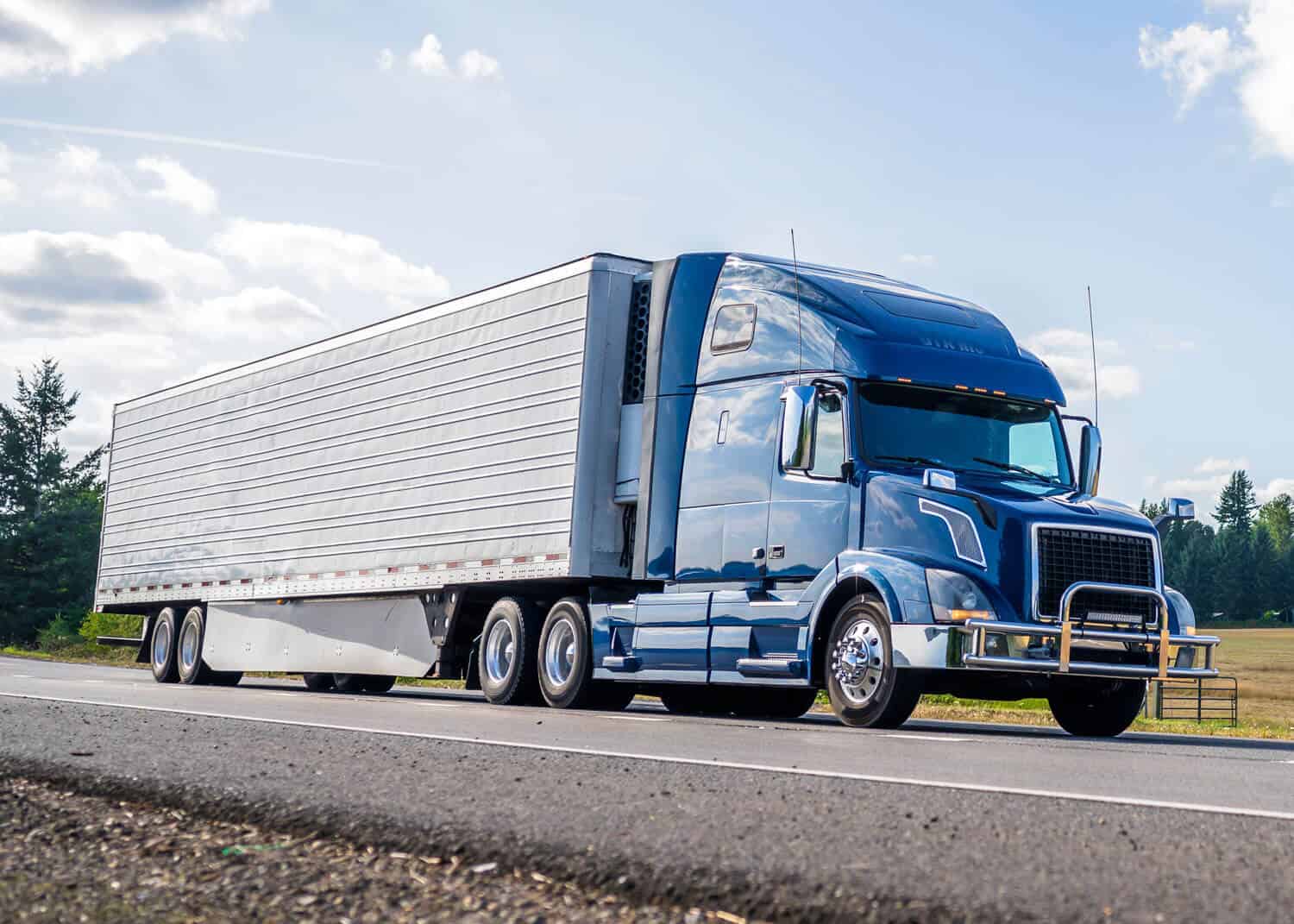
Commercial truck lenders optimistic for 2025 and beyond
Chris Grivas, President of CAG Truck Capital was honored to be featured in a recent article in Equipment Finance News. With his 40+ years of truck financing and engine overhaul financing expertise, Chris was honored to contribute to the publication, discussing the outlook of the trucking industry for the next ten years. Read the article belo
Tonnage expected to increase 2% annually over next 10 years
Original Article Courtesy of : Quinn Donoghueby/Equipment Finance News
The financial outlook on commercial trucking is starting to brighten with glimmers of hope amid a yearslong recession.
While challenges such as high operational costs are likely to persist in the second half of 2024, increased truck registrations and tonnage hint that a recovery may be on the horizon, according to the Equipment Leasing and Finance Foundation’s July trucking report.
The number of new Class 8 registrations is projected to rise to 218,300 in 2024 from 207,500 in 2023. Experts predict Class 6 and Class 7 registrations will jump to 85,700 in 2024 from 84,500 last year, according the report.
Looking further ahead, overall truck tonnage is expected to increase to $1.51 trillion by 2034 from $1.01 trillion in 2023, with volume growing by an average of 2% annually. Truck tonnage increased 1.5% year over year in May for the first time since February 2023, according to the American Trucking Association.
With some improvements in the market, commercial truck lenders are optimistic about the future but caution that the exit from recession will be a slow crawl.
“It’s not going to be a hockey-stick improvement,” Matt Manero, president of Carrollton, Texas-based Commercial Fleet Financing, told Equipment Finance News. “We’re very, very bullish on the back end of 2025 and into 2026, but that’s still not a great scenario for the next six to 12 months.
Lower rates to have marginal impact
High interest rates have hampered the equipment finance sector since last year. While the Federal Reserve is expected to lower rates at least once this year, the impact on truck financing would be minimal in the short term, Chris Grivas, president of Chadds Ford, Pa.-based CAG Truck Capital, told EFN.
“I believe that things will begin to get better, but credit is going to be tight,” Grivas said. “I think banks and financial institutions are scarred. They’re sitting on repossessed inventory; they sold a lot of it at tremendous losses… So I think for the short term — probably the next six months to a year — it’s going to be difficult to obtain credit.”
Commercial Fleet Financing’s Manero agreed, saying that fundamental issues like overcapacity and decreased consumer spending are more of a hindrance to the industry than high rates. However, reduced rates may have a more noticeable impact on the medium-duty truck market, especially if they mean increased homebuilding, he said.
“All of that stuff has to be delivered on the truck,” Manero said. “All that lumber, all that steel, all those shingles. So, I think if interest rates come down, and that spurs homebuying, which then spurs homebuilding, I think we really could see trucking have a nice bump.”
Better operators, smoking deals drive recovery
Consumer demand, a major factor behind the freight industry’s success, remains relatively low amid inflation, mounting debt and other economic challenges, Manero said. However, operators have become smarter after navigating tumultuous market conditions in recent years, contributing to the improved outlook on the industry.
“They’re really understanding the business, how to run a trucking business, and how to build a culture that hires drivers and keeps drivers,” he said. “How you manage fuel effectively, that’s another thing with diesel prices coming down, that has helped people.”
In addition, more favorable pricing will play a role in the recovery, Manero said. While decreased prices reflect issues such as high inventory, they also open the door for some companies to reenter the market after they soared to unprecedented highs during the e-commerce boom at the beginning of the pandemic.
“If two years ago a customer was going to hold off because they didn’t want to spend that much money for a truck, that truck is now 50% less than it was,” Manero said. “And even if you apply some higher interest rates to that, it’s still less expensive today to buy a truck.”
Customers can save $30,000 or $40,000 more in total costs by making a purchase now than they could have two years ago, he added.
The average retail price for a used Class 8 vehicle fell 2.9% month over month in March to $60,100, according to the ELFF report, down 17% YoY.
High expenses still a concern
Operating costs rose to a record of $2.27 per mile in 2023, up 0.8% from 2022, according to the American Transportation Research Institute. While diesel prices are starting to dip, expenses such as maintenance, repair and insurance are likely to remain high this year and beyond.
“Five years ago, an engine overhaul was between $20,000 and $30,000. Today, they start at 30,000 and range upwards of $75,000,” CAG’s Grivas said. “The life expectancy of trucks isn’t what it used to be many years ago, so the owner-operator and lender have to make sure, especially with a used truck, that they’re financing it for the life expectancy of the engine.”
Operating costs may not come down soon, so operators need to find ways to generate more revenue to obtain more favorable loan terms, Manero said.



